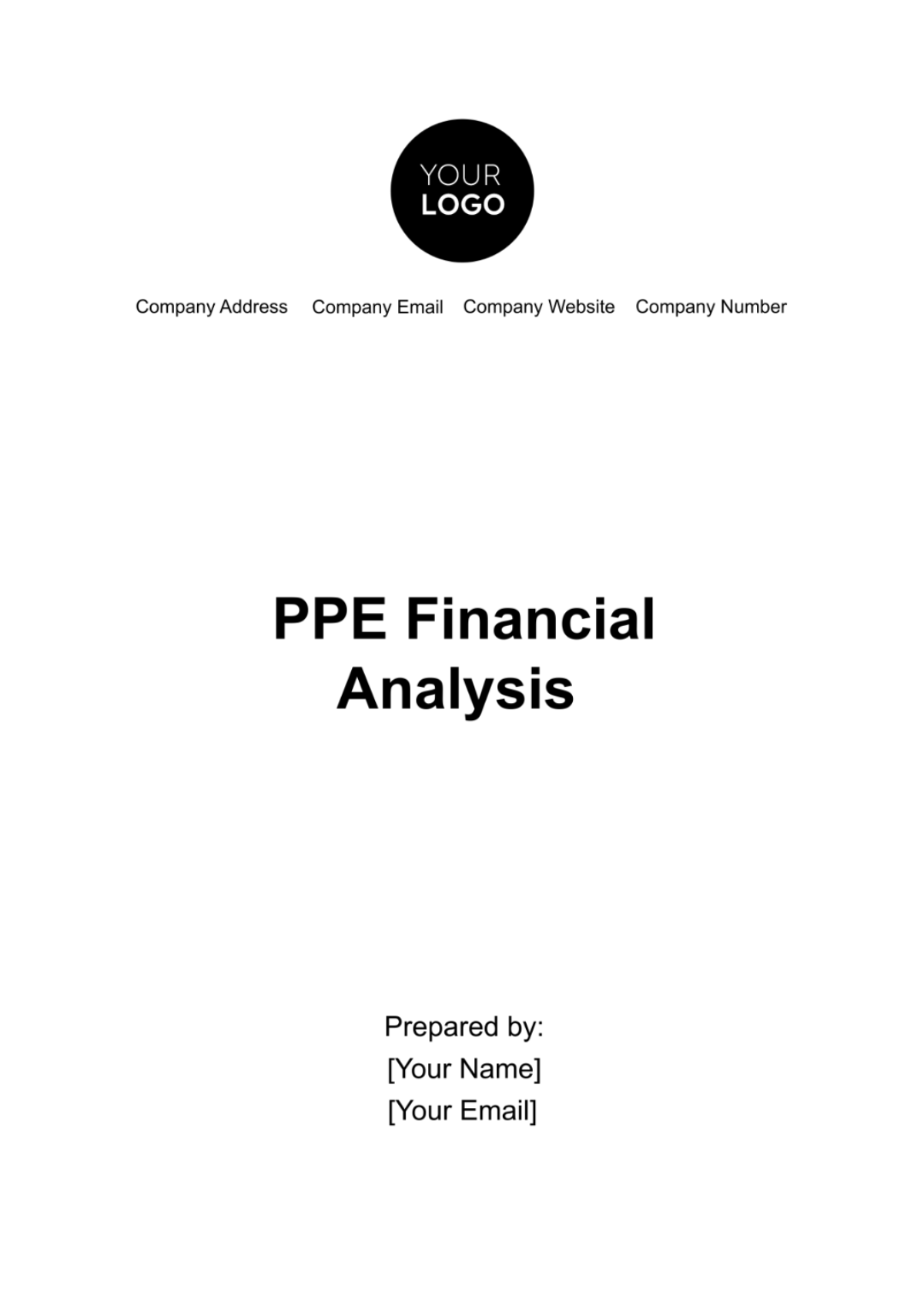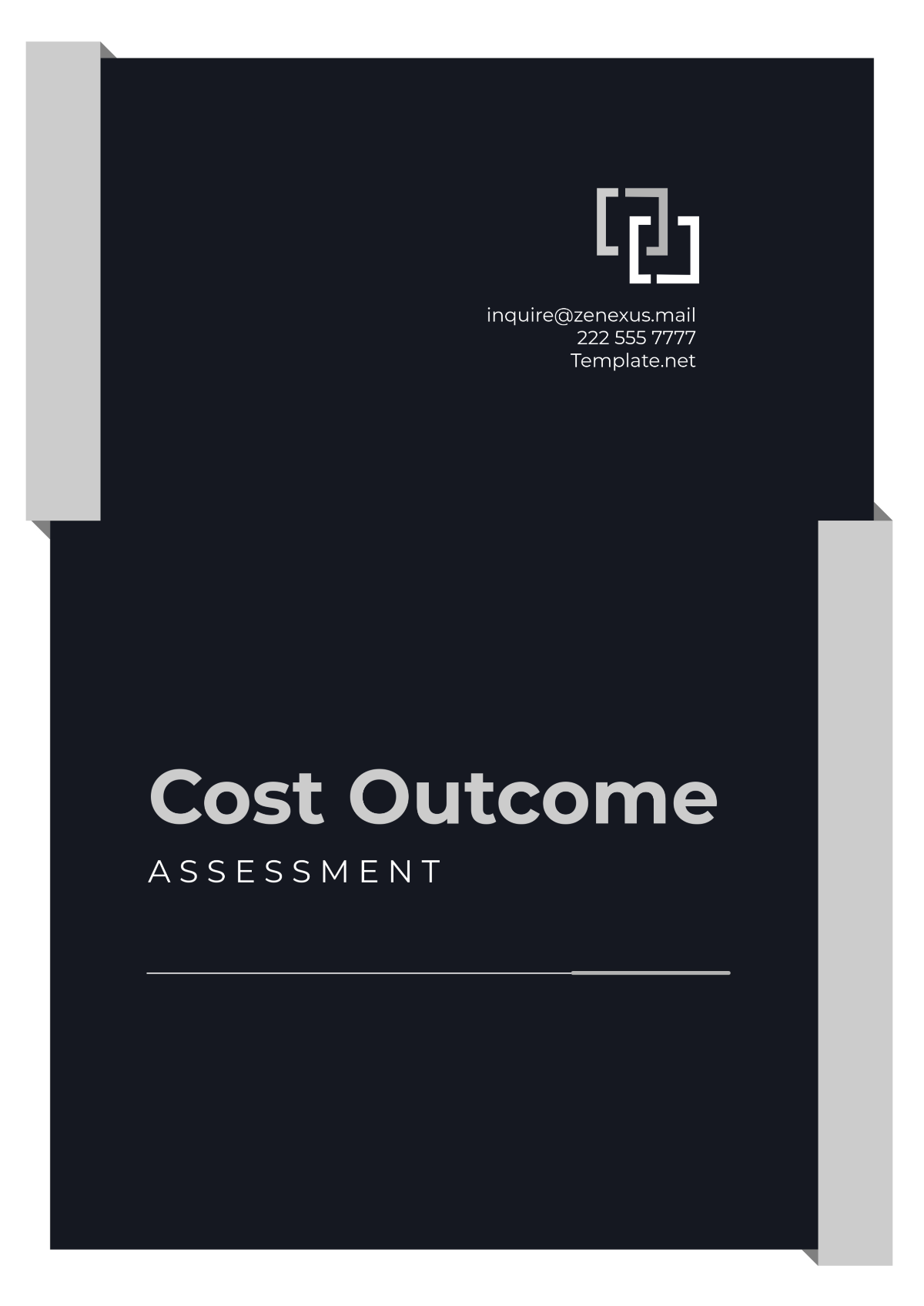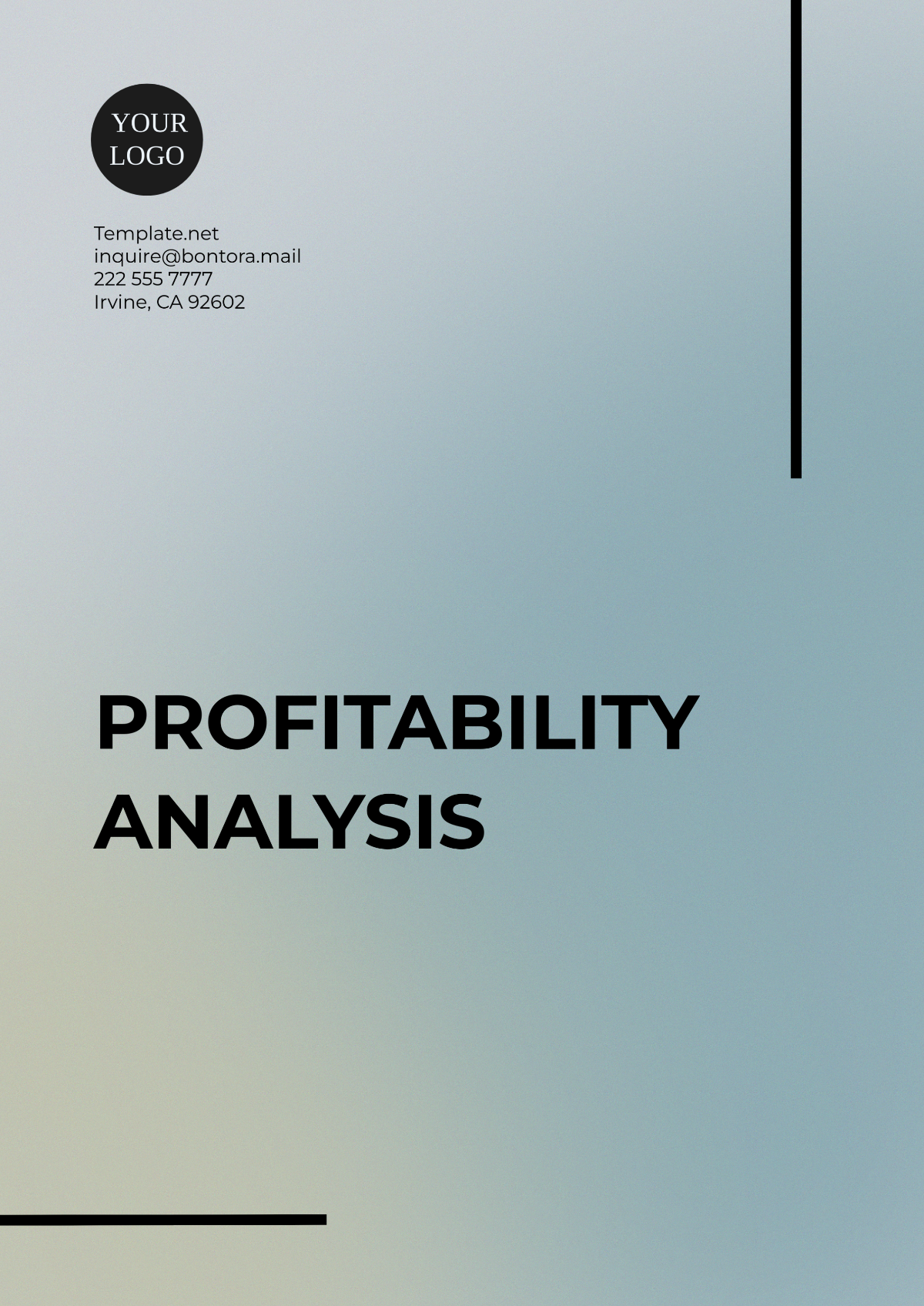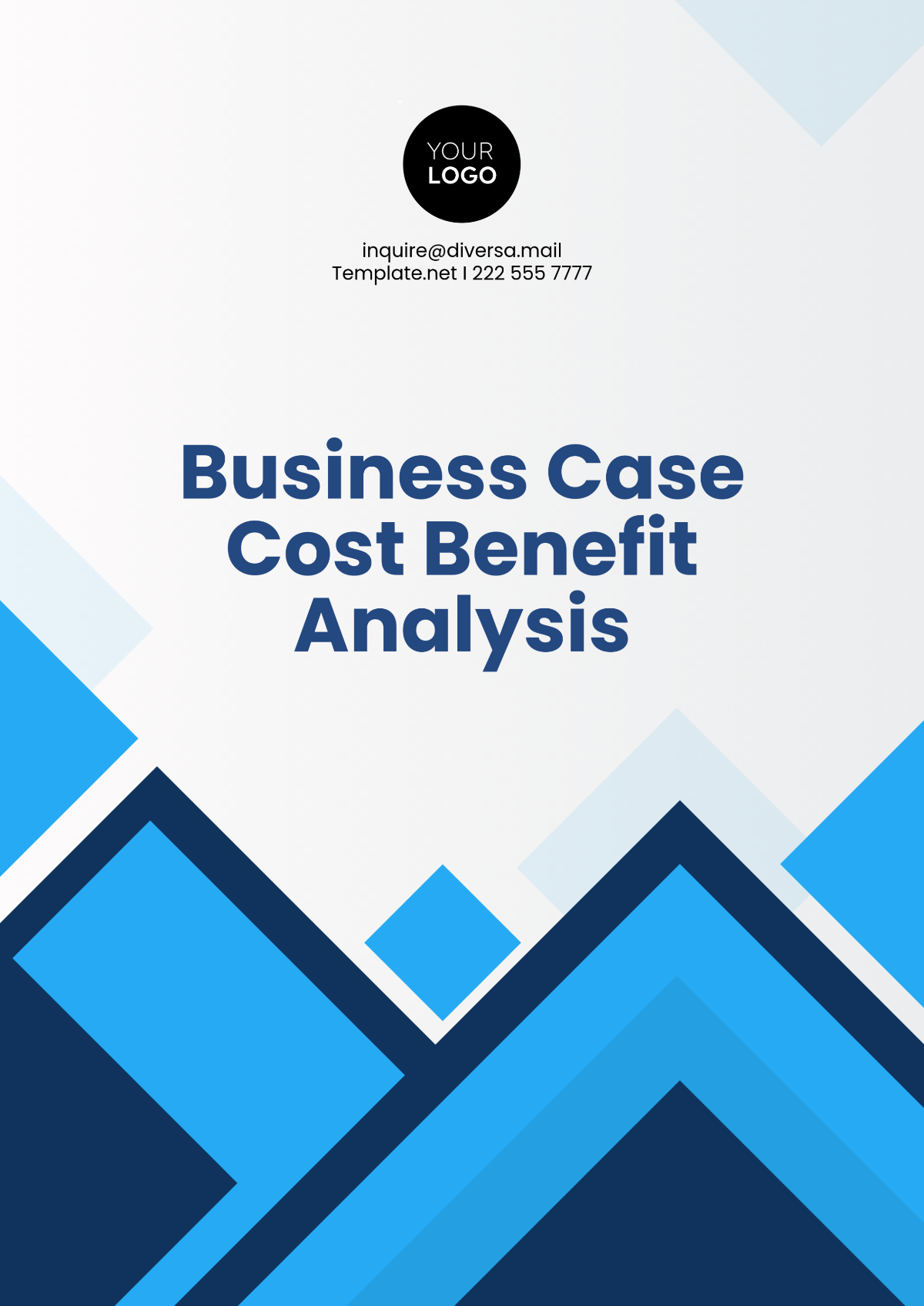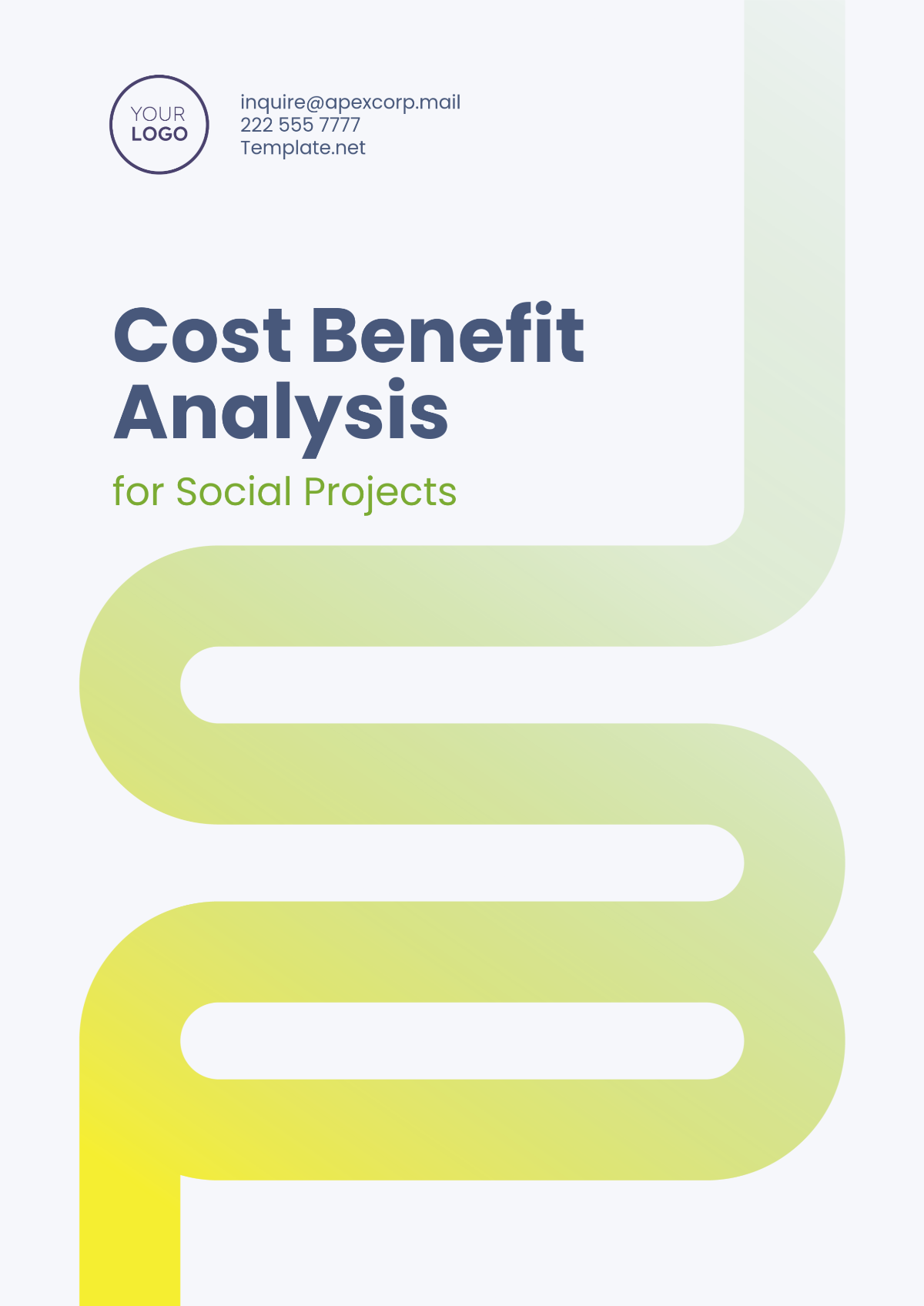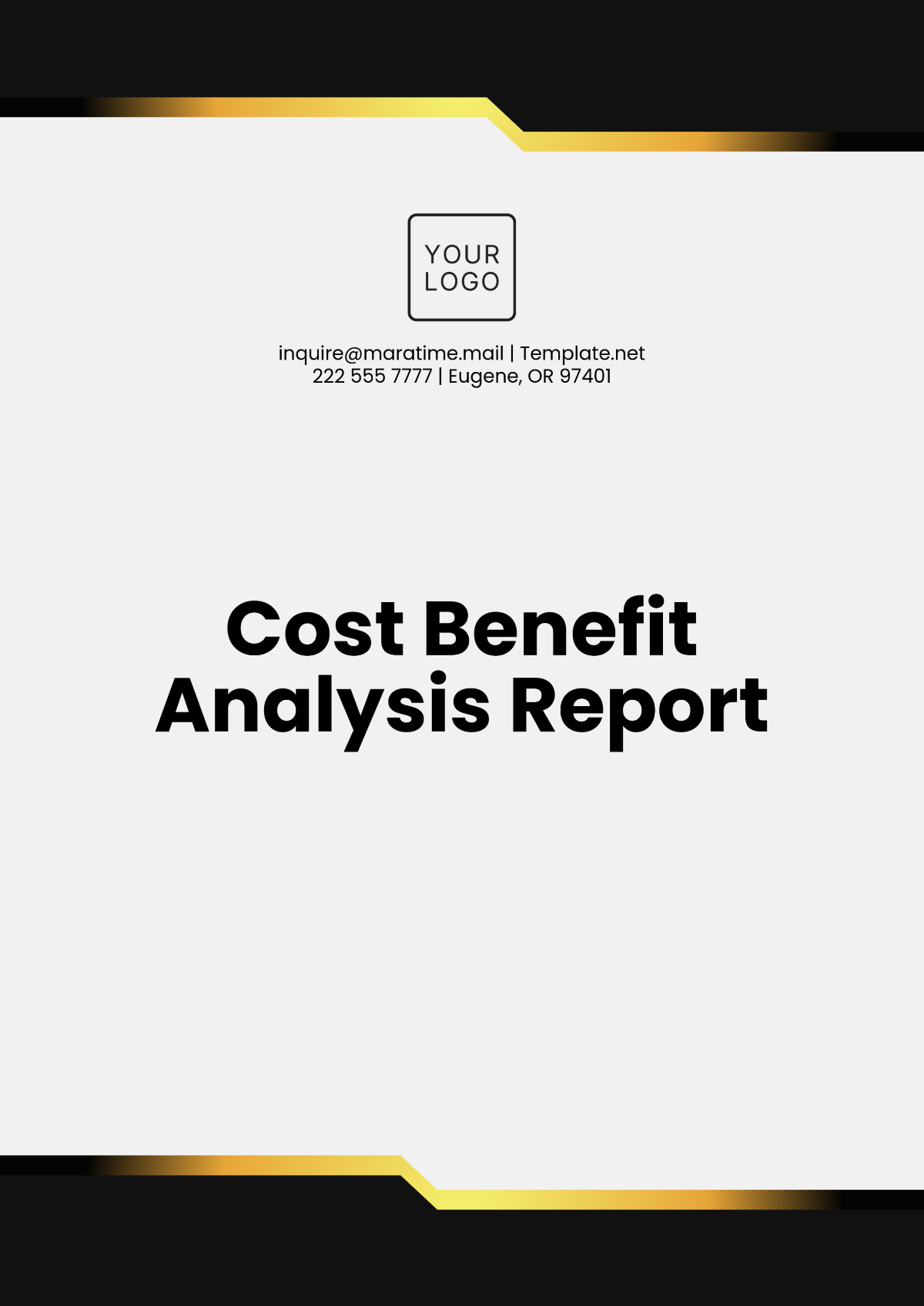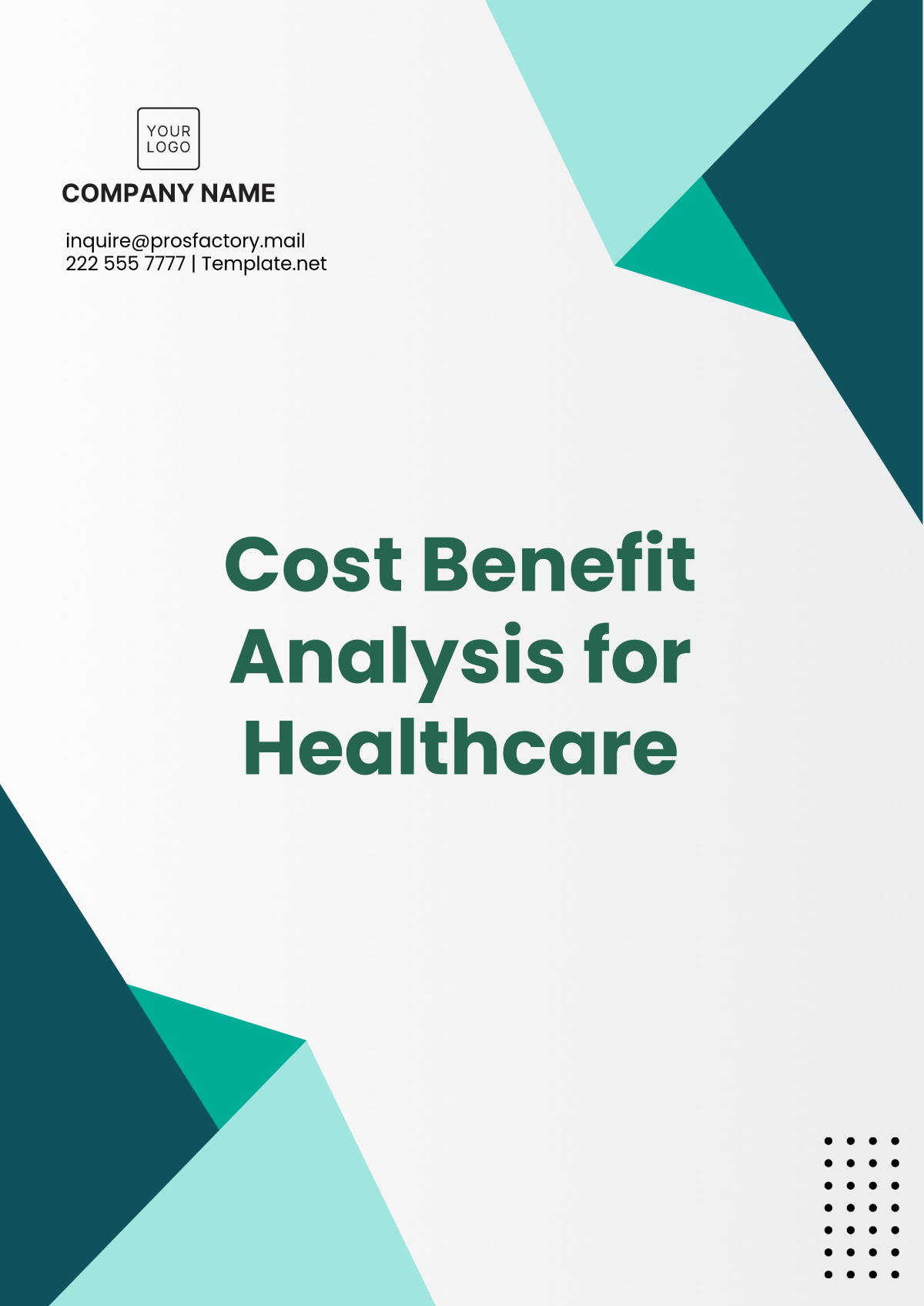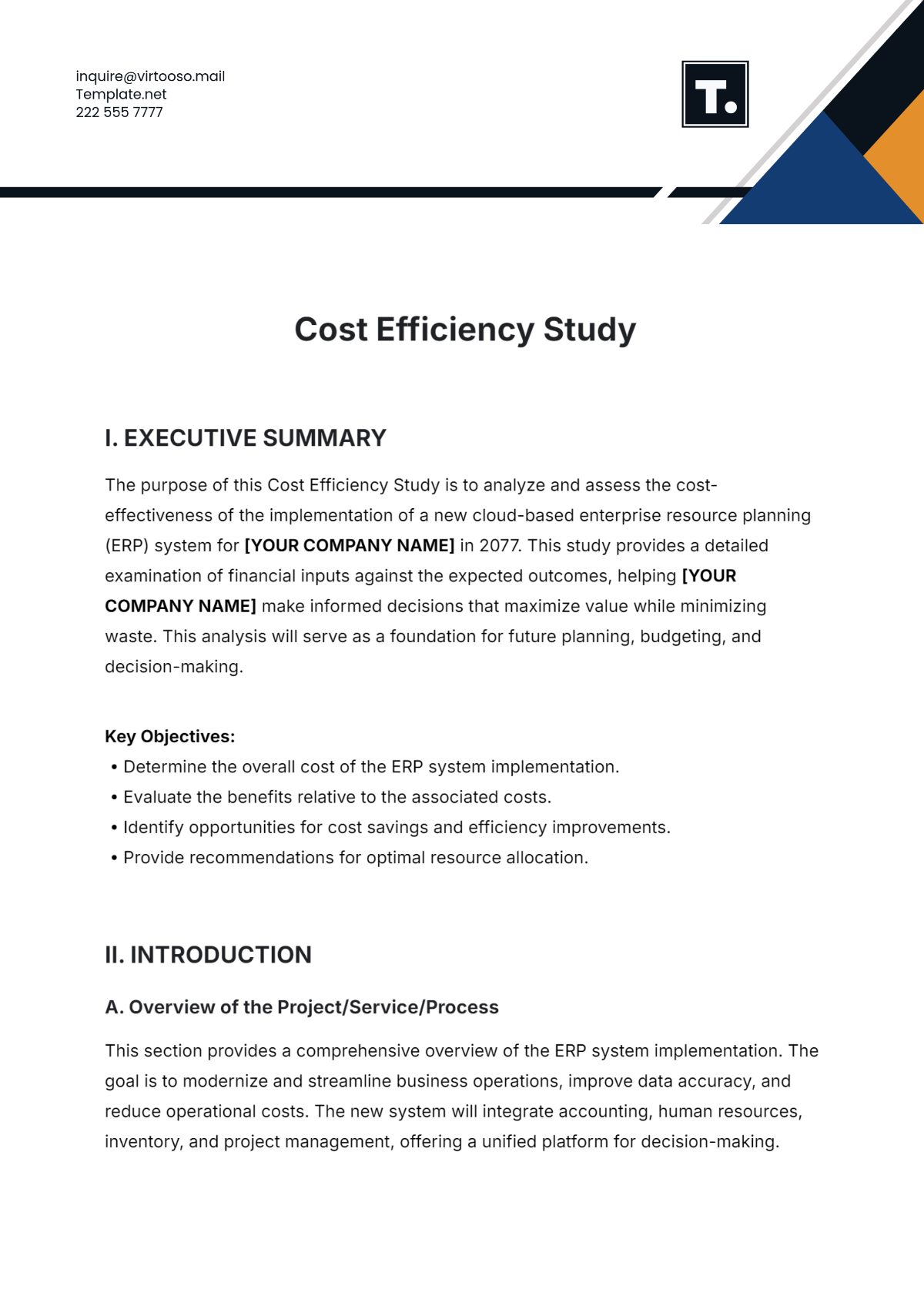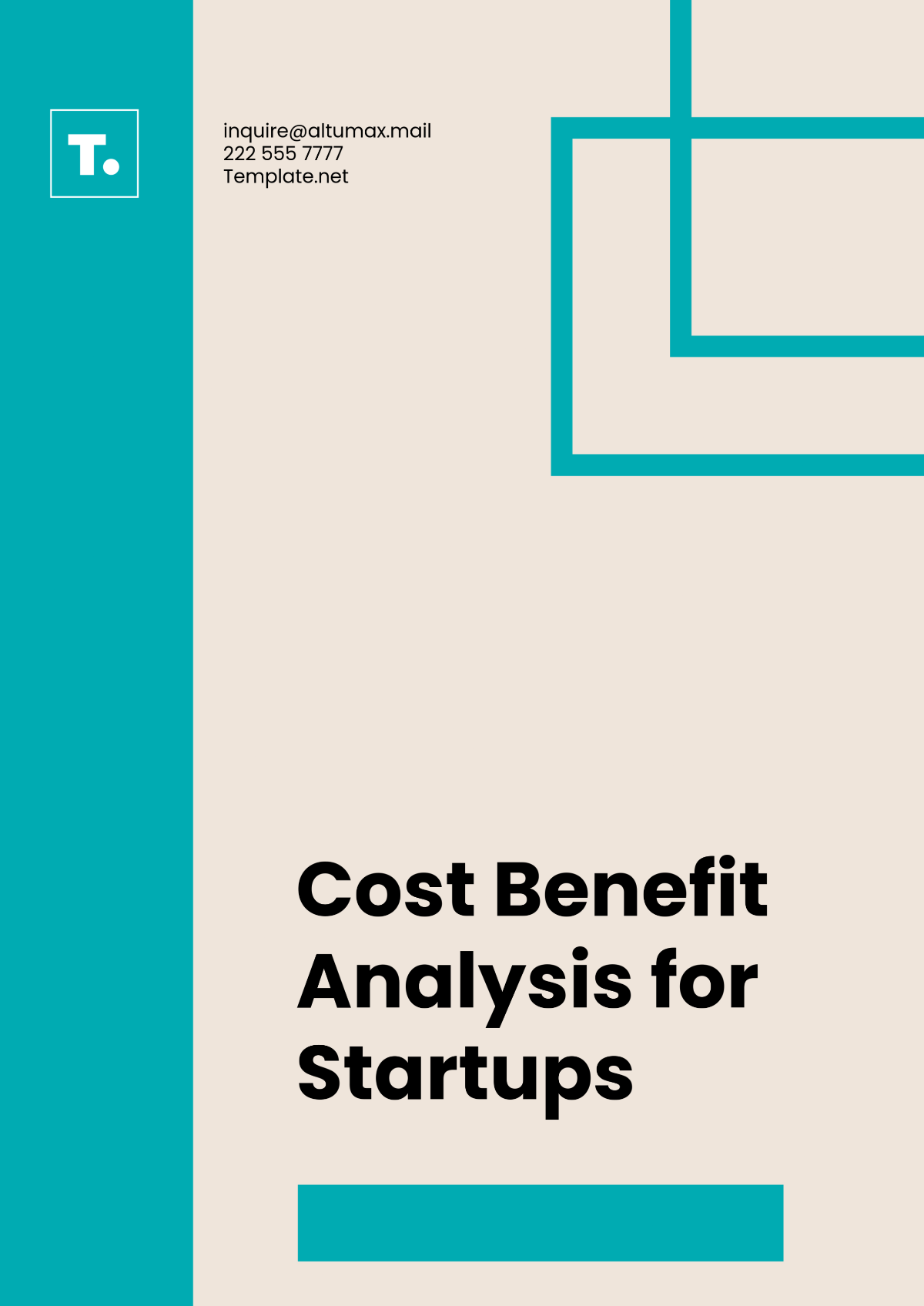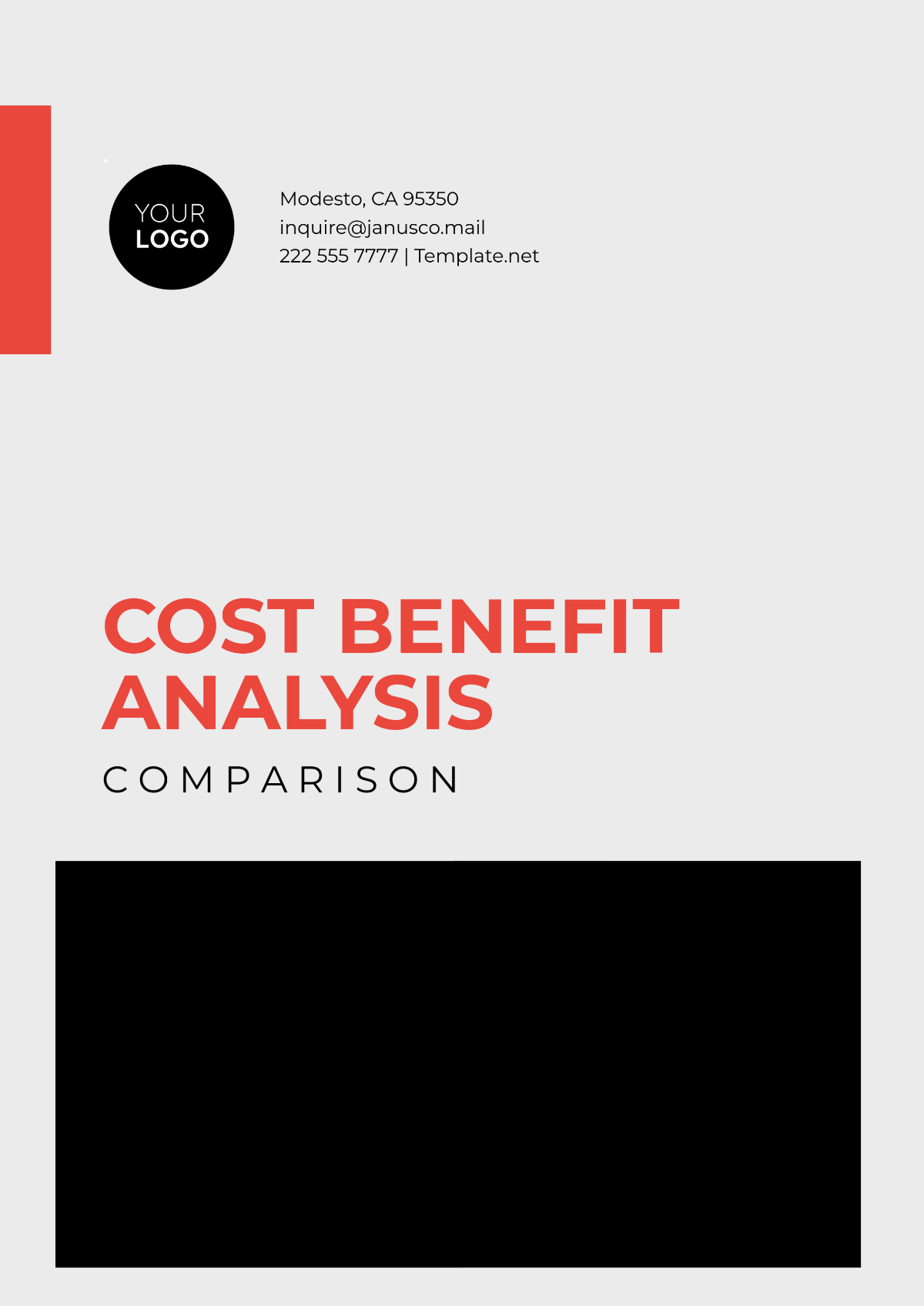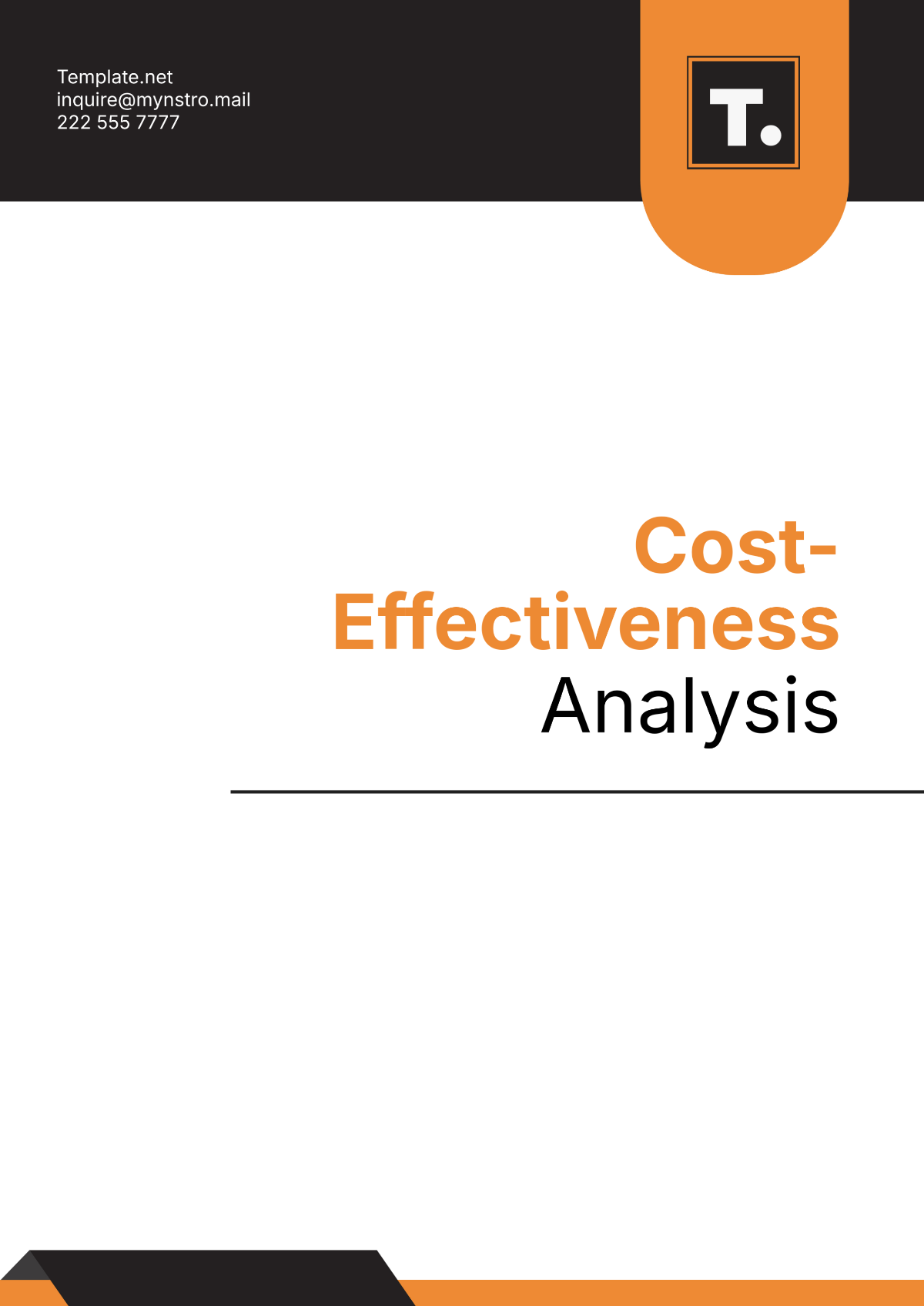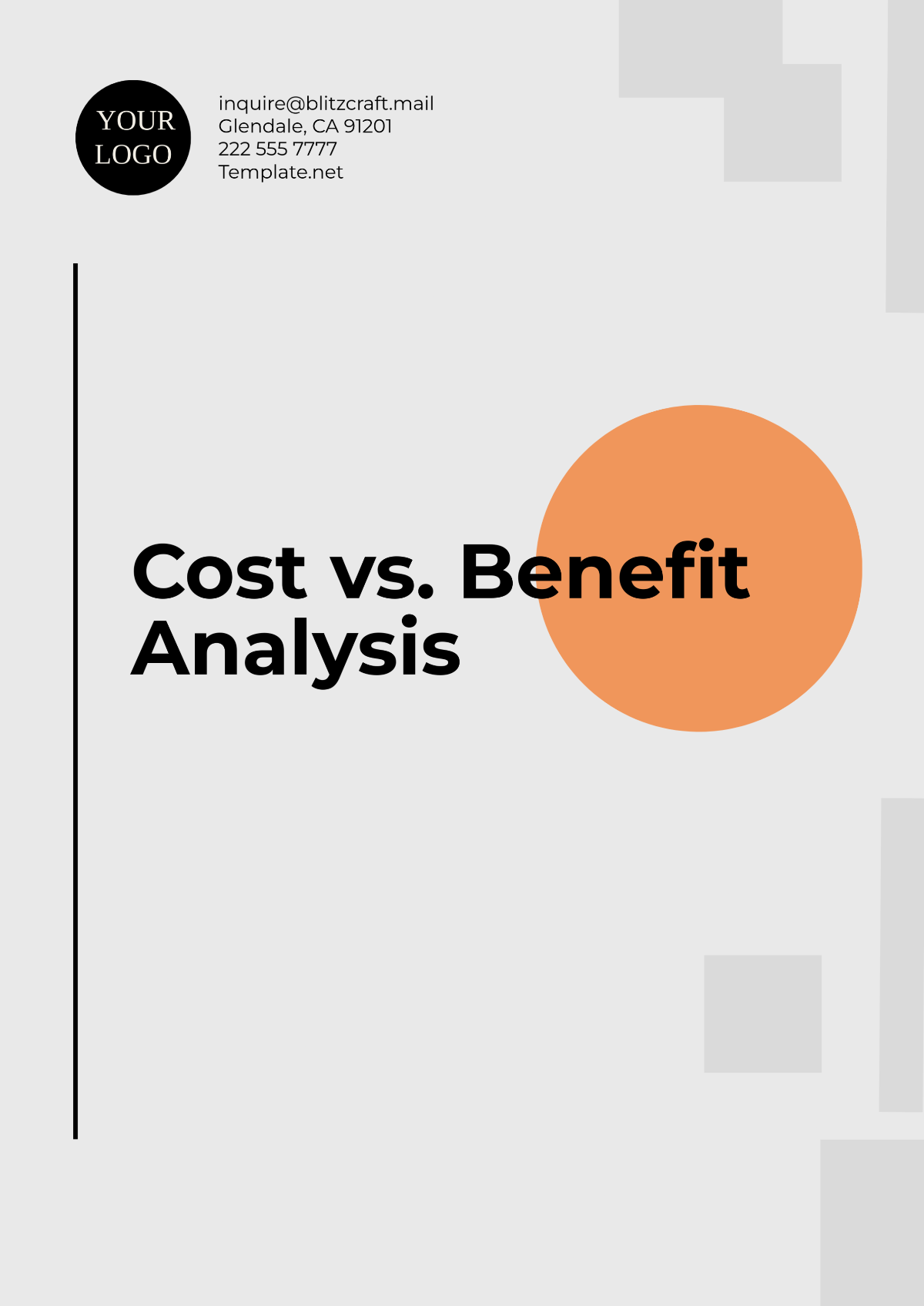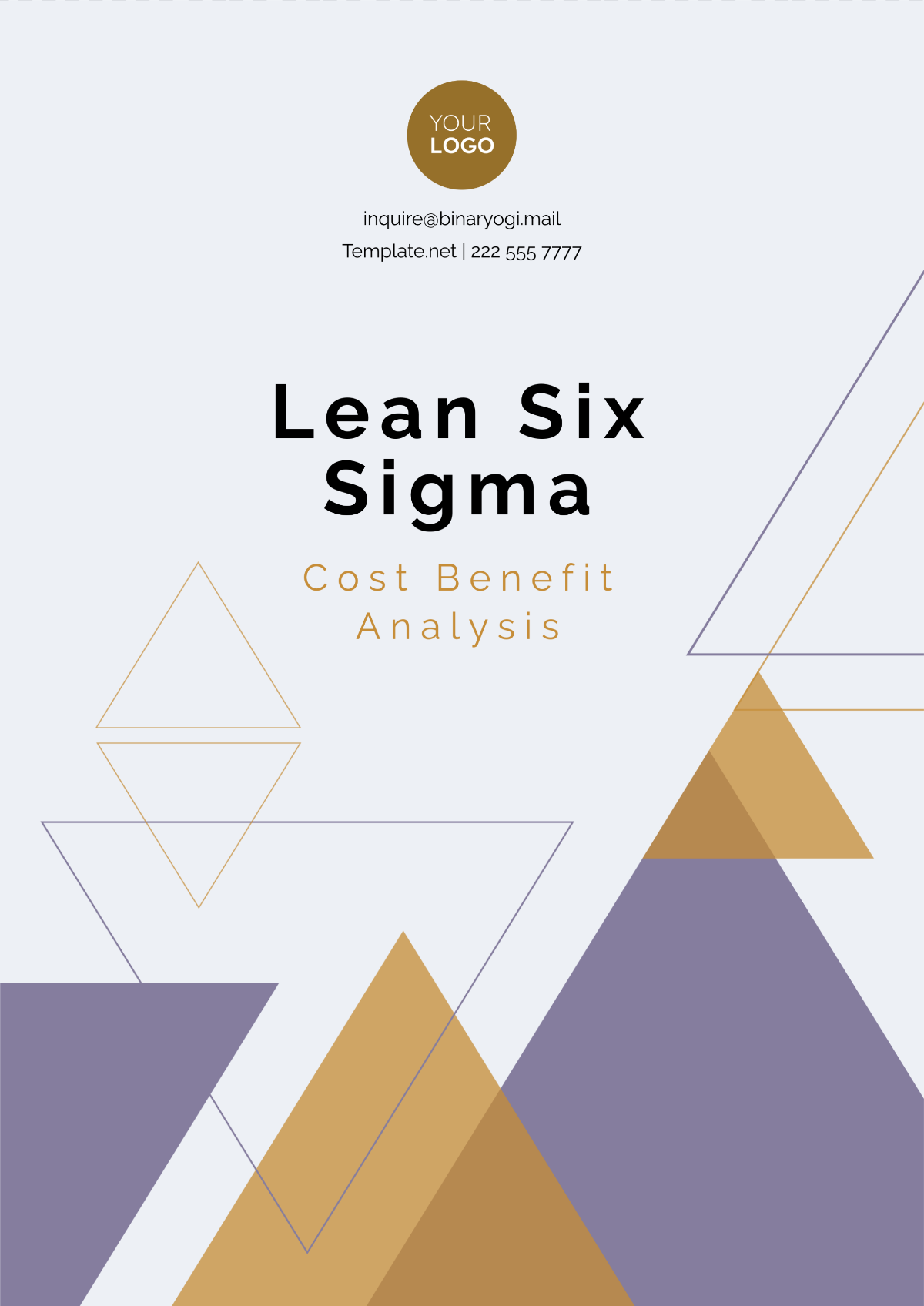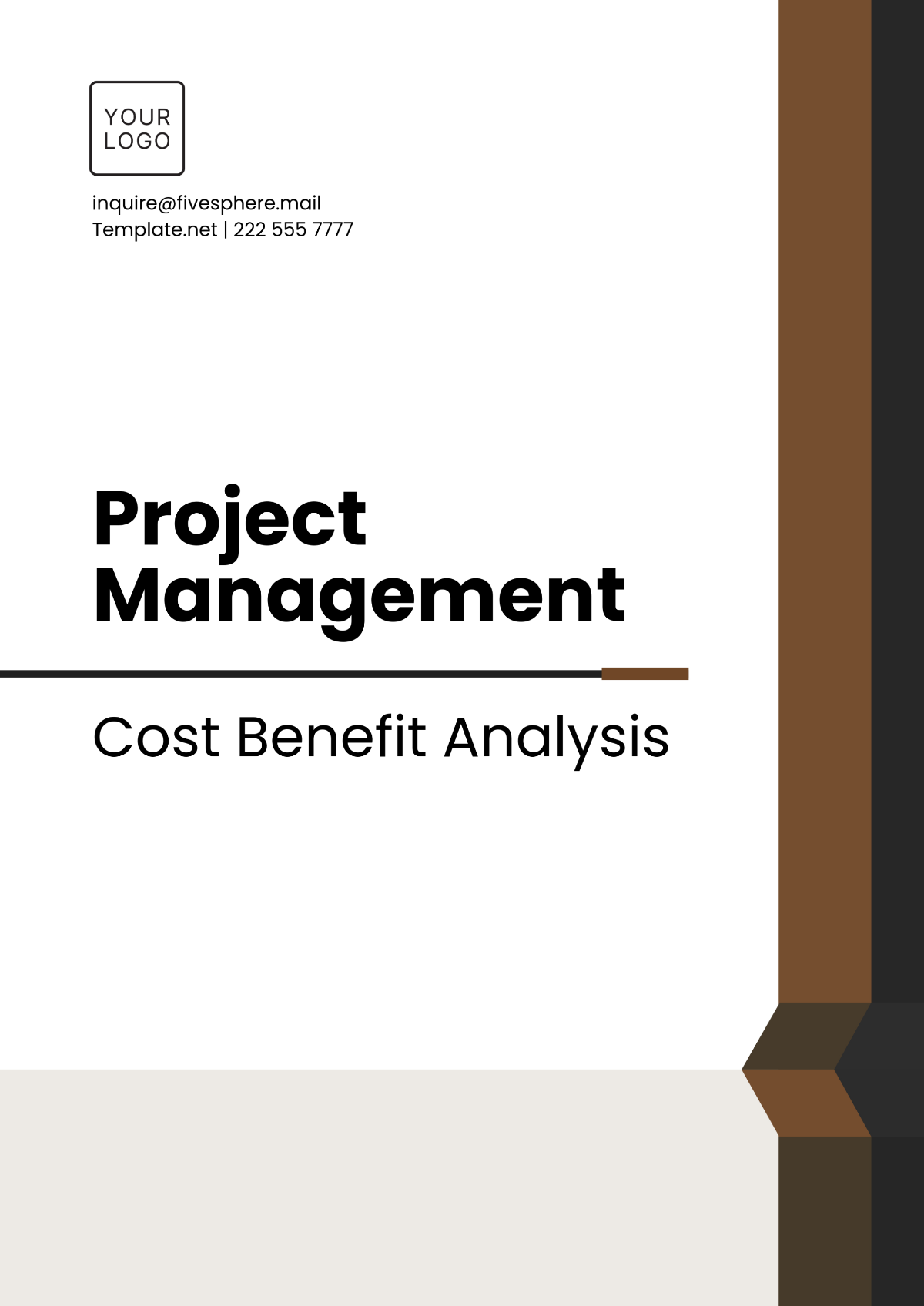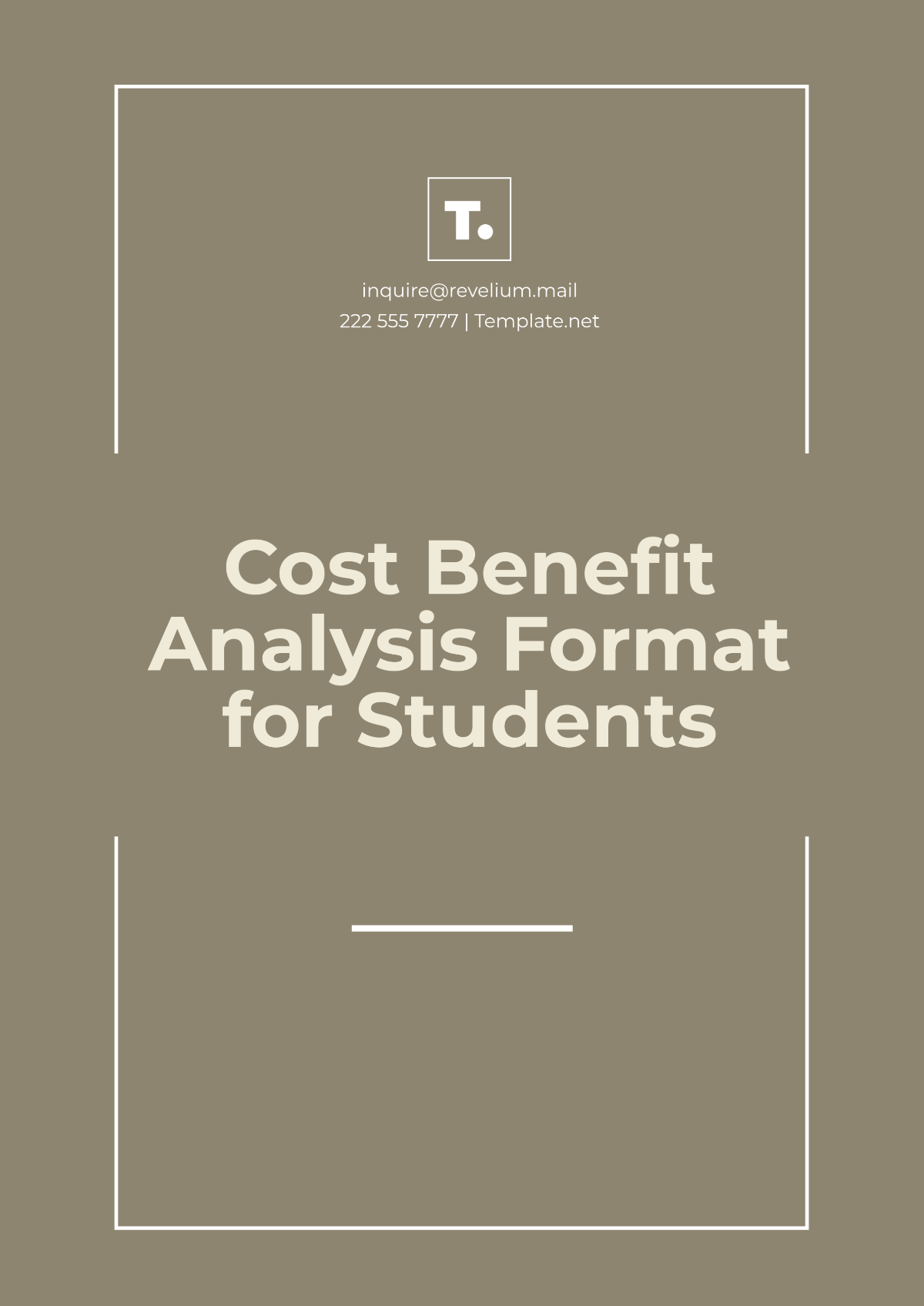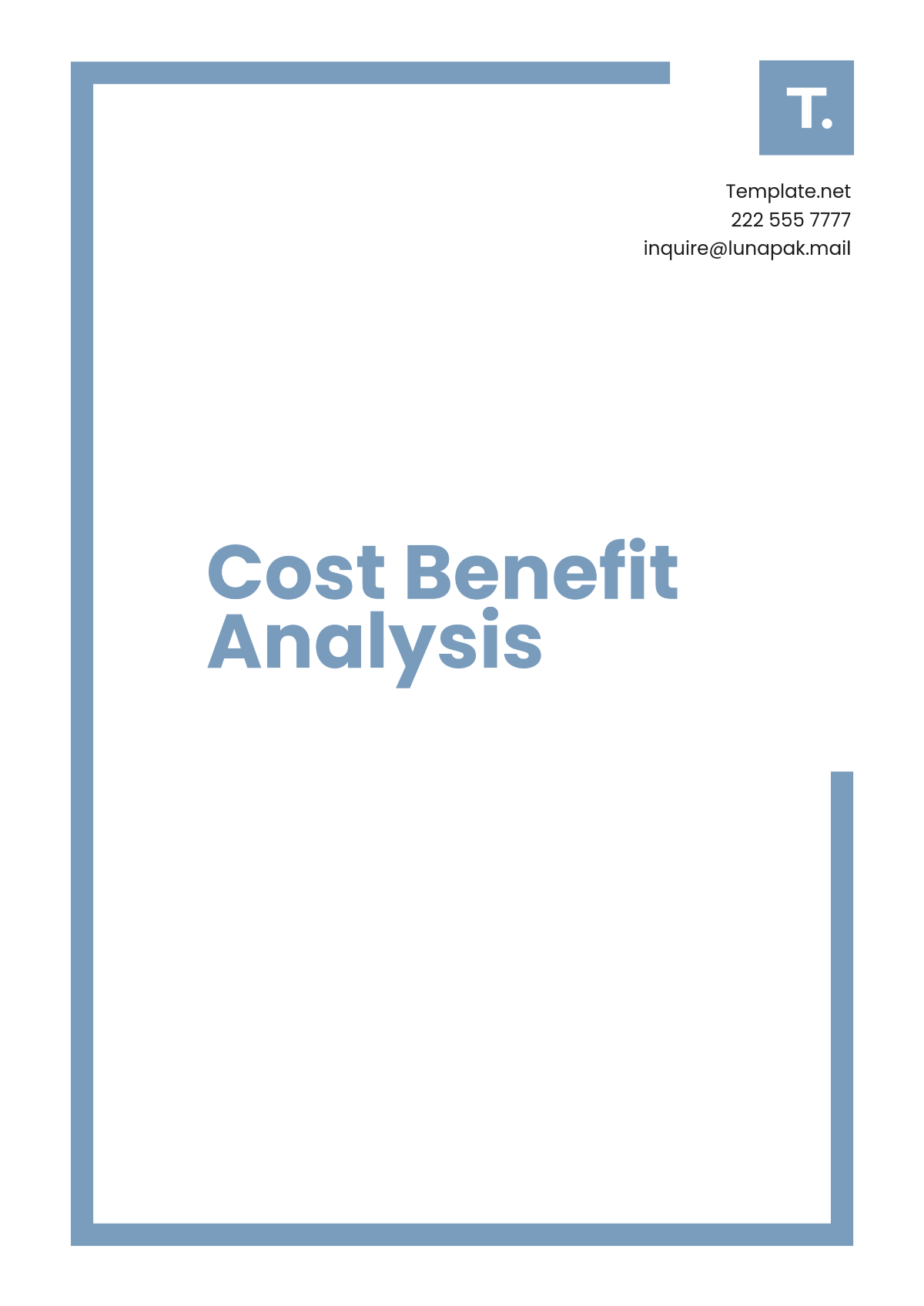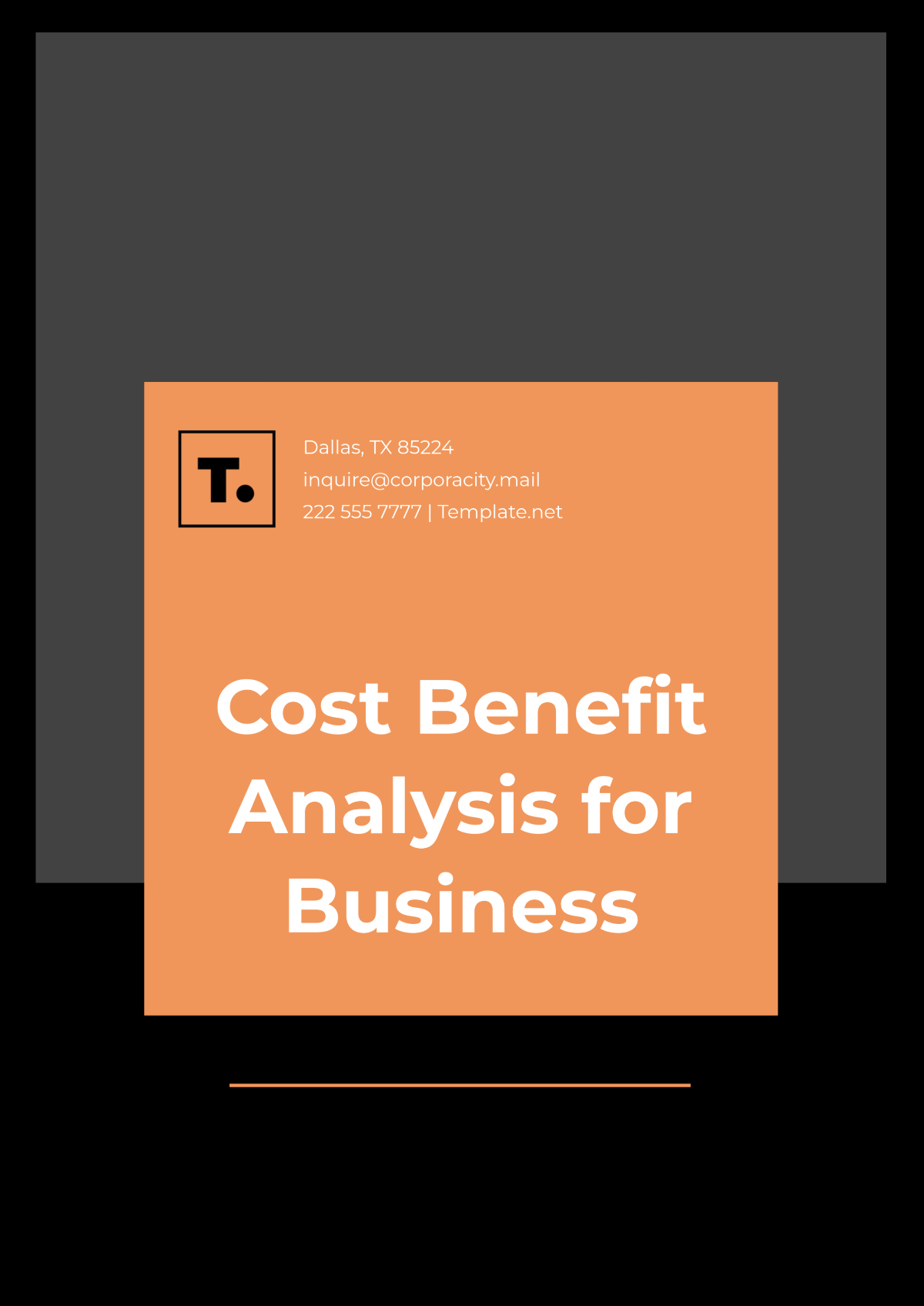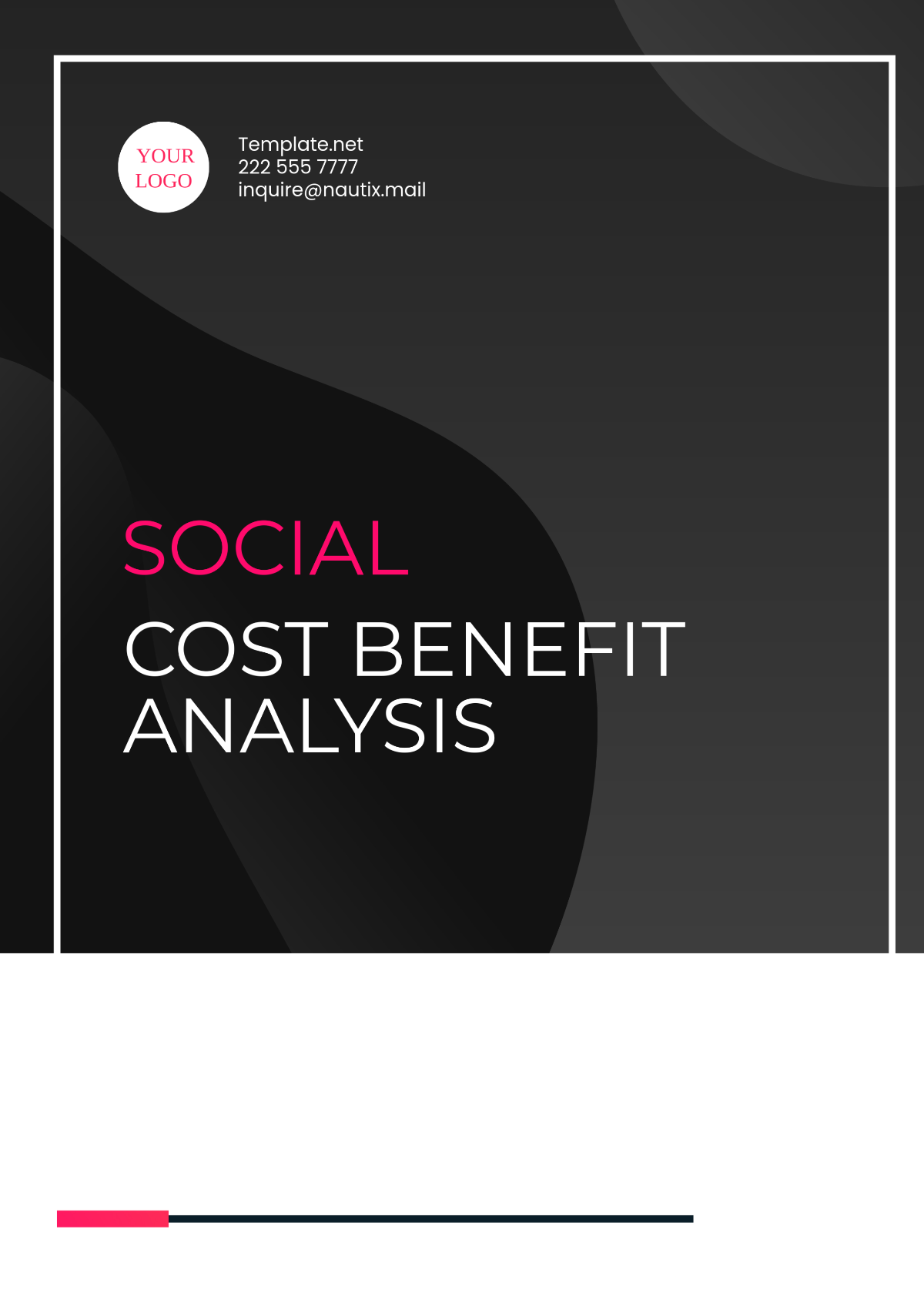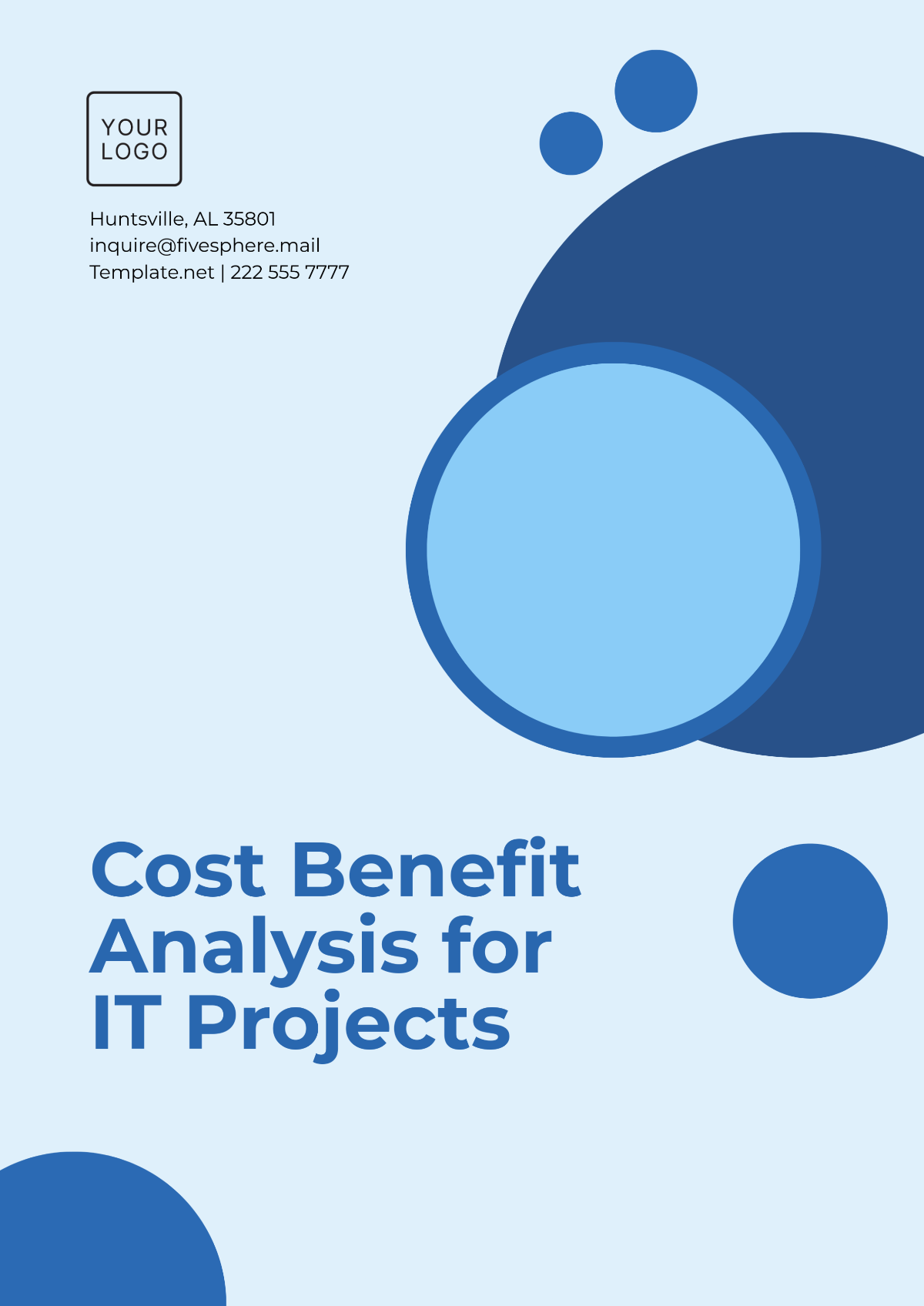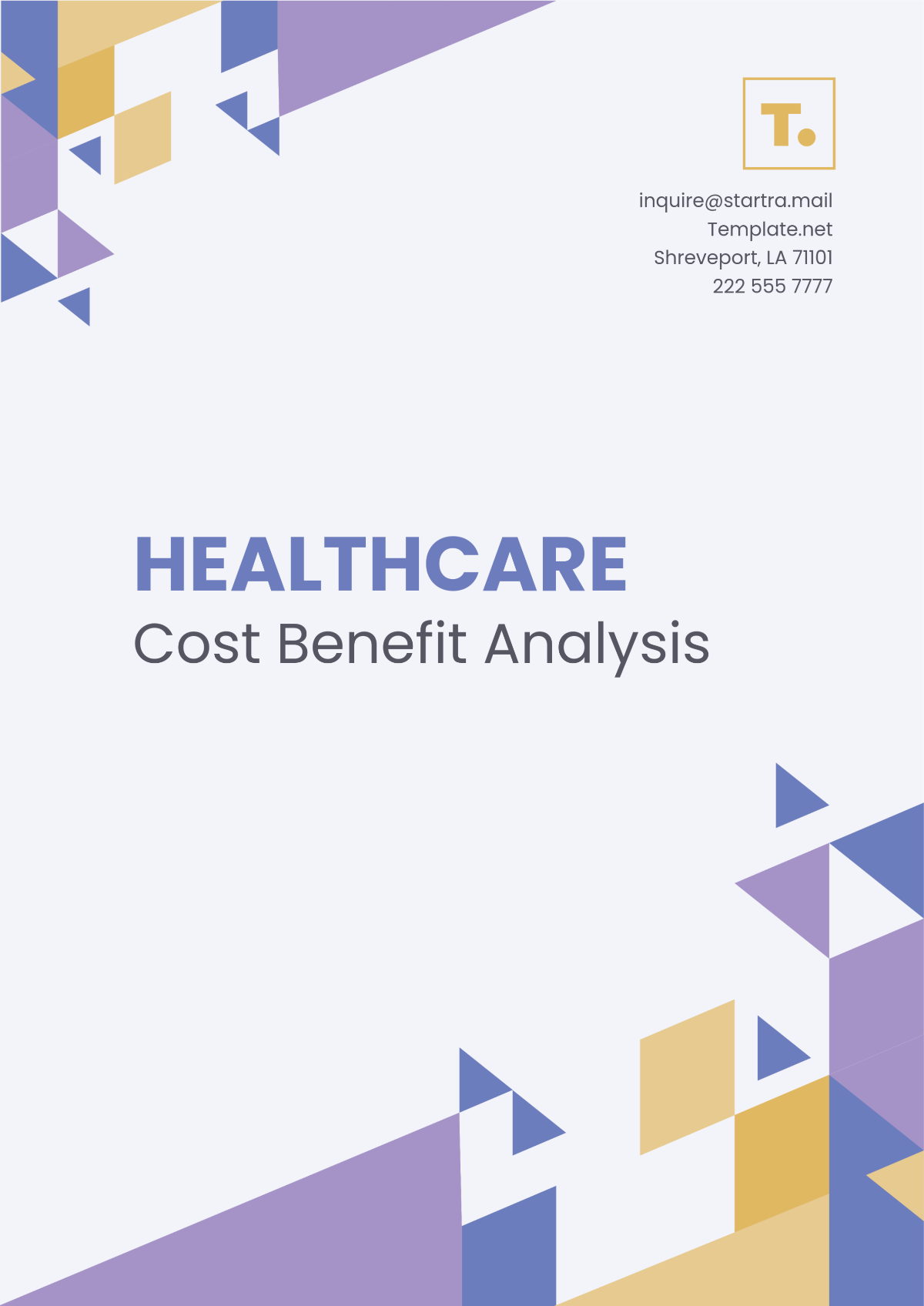PPE Financial Analysis
1. Introduction
1.1. Overview
The Personal Protective Equipment (PPE) Financial Analysis aims to provide a comprehensive overview of the current status, costs, and future needs related to PPE in our organization. PPE is crucial for the safety and well-being of our employees, especially in environments where they are exposed to potential hazards. This analysis serves as a guiding document for budgeting, procurement, and management of PPE resources.
1.2. Purpose
The primary purpose of this financial analysis is threefold:
Cost Management: To assess and manage the costs associated with the procurement, maintenance, and storage of PPE.
Budgeting: To aid in accurate and efficient budgeting for future PPE needs, ensuring that financial resources are appropriately allocated.
2. PPE Inventory Assessment
2.1. Current Inventory Status
As of the current fiscal year, our inventory includes a variety of PPE items essential for ensuring the safety of our workforce. The table below provides a comprehensive overview of these items, their quantities, and conditions:
Item | Quantity | Condition |
Safety Helmets | 150 | Good |
Protective Glasses | 200 | Moderate Wear |
Ear Protection | 180 | Excellent |
Safety Gloves | 300 | Good |
Respiratory Masks | 100 | Replace Soon |
High-Visibility Vests | 250 | Excellent |
2.2. Future Needs Forecast
Considering the projected expansion of our operations, the anticipated increase in workforce, and the wear and tear of current PPE, we forecast the following future requirements for the next fiscal year:
Item | Additional Quantity Needed |
Safety Helmets | 50 |
Protective Glasses | 70 |
Ear Protection | 60 |
Safety Gloves | 100 |
Respiratory Masks | 150 |
High-Visibility Vests | 80 |
This forecast is based on the estimated growth of our workforce by 20% and the replacement cycle for existing PPE.
3. Cost Analysis of Existing PPE
3.1. Direct Costs
The direct costs associated with our current PPE are outlined in the following table. These costs include initial purchase prices, ongoing maintenance, and storage costs over the past year:
Item | Purchase Cost (USD) | Maintenance Cost (USD/year) | Storage Cost (USD/year) |
Safety Helmets | 3,000 | 300 | 100 |
Protective Glasses | 2,000 | 200 | 80 |
Ear Protection | 1,800 | 180 | 70 |
Safety Gloves | 4,500 | 450 | 150 |
Respiratory Masks | 2,500 | 250 | 100 |
High-Visibility Vests | 3,750 | 375 | 125 |
Total direct costs for the current inventory amount to approximately $17,550.
3.2. Indirect Costs
Indirect costs are often overlooked but play a significant role in the overall financial analysis of PPE. These include:
Training Costs: Approximately $5,000 was spent last year on training employees in the proper use of PPE.
Non-Compliance Penalties: Due to occasional lapses in PPE standards, we faced penalties amounting to $2,000.
Injury-Related Costs: Injuries related to inadequate PPE resulted in an estimated loss of $10,000 due to downtime and medical expenses.
These indirect costs highlight the importance of regular updates and rigorous training in PPE usage to mitigate such expenses.
4. Investment in New PPE
4.1. Cost-Benefit Analysis
The proposed investment in new PPE is driven by the need to replace aging equipment and to accommodate our expanding workforce. The table below illustrates the costs of new PPE purchases versus the projected benefits in terms of reduced injury rates and compliance penalties:
Item | New Purchase Cost (USD) | Expected Benefit (USD/year) |
Safety Helmets | 4,000 | 2,000 |
Protective Glasses | 3,000 | 1,500 |
Ear Protection | 2,500 | 1,200 |
Safety Gloves | 6,000 | 3,000 |
Respiratory Masks | 3,500 | 1,750 |
High-Visibility Vests | 5,000 | 2,500 |
Total projected benefits, considering reduced injuries and penalties, amount to $12,950 annually against a total investment of $24,000.
4.2. Return on Investment (ROI)
The ROI for the new PPE investment is calculated considering improved safety leading to fewer injury-related costs and downtime, as well as better compliance with safety regulations:
Total Investment: $24,000
Annual Savings: $12,950 (from reduced injuries, downtime, and compliance penalties)
ROI: Calculated as (Annual Savings / Total Investment) 100 = (12,950 / 24,000) 100 ≈ 54%
This ROI indicates a significant return within approximately two years, justifying the investment.
5. Vendor Analysis and Comparison
5.1. Current Vendors
Our current PPE vendors have been evaluated based on cost, reliability, and quality. The analysis is summarized below:
Vendor Name | Cost Rating (1-5) | Reliability Rating (1-5) | Quality Rating (1-5) |
SafetyGear Inc. | 4 | 5 | 4 |
ProtecEquip Ltd. | 3 | 4 | 5 |
ArmorSafe Solutions | 5 | 3 | 3 |
5.2. Potential Vendors
In exploring options for potential new vendors, we have compared several companies based on their pricing, product quality, and service offerings:
Vendor Name | Cost Rating (1-5) | Quality Rating (1-5) | Service Offerings Rating (1-5) |
ShieldPro Gear | 4 | 5 | 5 |
Guardian Equip Co. | 5 | 4 | 4 |
SafeWear Providers | 3 | 5 | 5 |
The analysis suggests that "ShieldPro Gear" and "SafeWear Providers" offer the most promising balance of cost, quality, and service.
6. Employee Training and Awareness Programs
6.1. Current Training Costs
Our current PPE training programs are a critical component of our safety strategy. The costs associated with these programs over the past year are detailed in the table below:
Training Program | Frequency | Number of Participants | Cost per Session (USD) | Total Cost (USD/year) |
Basic PPE Usage | Quarterly | 100 | 500 | 2,000 |
Advanced Safety Training | Biannual | 50 | 800 | 1,600 |
PPE Maintenance | Annual | 75 | 700 | 700 |
Total training costs for the year amount to $4,300.
6.2. Proposed Enhanced Training Program
To further improve safety and PPE effectiveness, we propose an enhanced training program. The new program will include more frequent sessions, updated content to reflect the latest safety standards, and specialized training for different job roles. The projected costs are outlined below:
Enhanced Training Program | Frequency | Number of Participants | Cost per Session (USD) | Total Cost (USD/year) |
Comprehensive PPE Training | Quarterly | 120 | 700 | 2,800 |
Specialized Role-Based Safety | Quarterly | 60 | 1,000 | 4,000 |
This enhanced program would increase our annual training costs to $6,800, an investment we believe is justified by the potential reduction in PPE-related incidents and improved compliance.
7. Regulatory Compliance and Impact
7.1. Current Compliance Status
As of the last audit, our compliance with PPE regulations has been satisfactory, but there were areas identified for improvement. The compliance costs, including audits and updates to meet regulatory standards, are summarized as follows:
Compliance Activity | Frequency | Cost (USD) |
Safety Regulation Audits | Biannual | 1,500 |
PPE Standards Upgrades | Annual | 2,000 |
Total compliance costs for the year are $3,500.
7.2. Impact of Non-Compliance
Non-compliance with PPE regulations can have significant financial and legal implications. Based on industry data and our risk assessments, potential impacts include:
Fines and Penalties: Estimated at up to $10,000 for major violations.
Increased Insurance Premiums: Non-compliance could lead to a 20% increase in premiums, approximately $5,000 annually.
Operational Disruptions: Regulatory shutdowns or restrictions could result in operational losses of up to $15,000 per incident.
These figures underscore the importance of maintaining strict compliance with PPE regulations to avoid substantial financial and operational risks.
8. Conclusion and Recommendations
8.1 Summary of Findings
This financial analysis has revealed several key insights:
Inventory Management: Our current PPE inventory meets the existing needs, but with the anticipated expansion, additional investments will be necessary.
Cost Efficiency: The analysis of direct and indirect costs suggests opportunities for cost savings through strategic procurement and enhanced training programs.
Vendor Relations: A reevaluation of our vendor relationships could lead to improved cost-effectiveness and quality of PPE supplies.
Training and Compliance: Enhanced training programs and strict adherence to regulatory compliance not only reduce costs but also fortify our commitment to employee safety.
8.2. Recommendations
Based on our findings, the following recommendations are proposed:
Invest in Additional PPE: Budget for and procure additional PPE to cater to the growing workforce and replace aging equipment.
Enhance Training Programs: Implement more comprehensive and frequent training sessions to ensure proper use and maintenance of PPE.
Reassess Vendor Contracts: Conduct a thorough review of current vendors and explore new partnerships for better pricing and quality.
Prioritize Compliance: Strengthen efforts to comply with PPE regulations to avoid fines and operational disruptions.
Regular Review and Update: Establish a routine for regular review and updating of the PPE management strategy to align with changing regulations and organizational needs.
Health & Safety Templates @ Template.net
